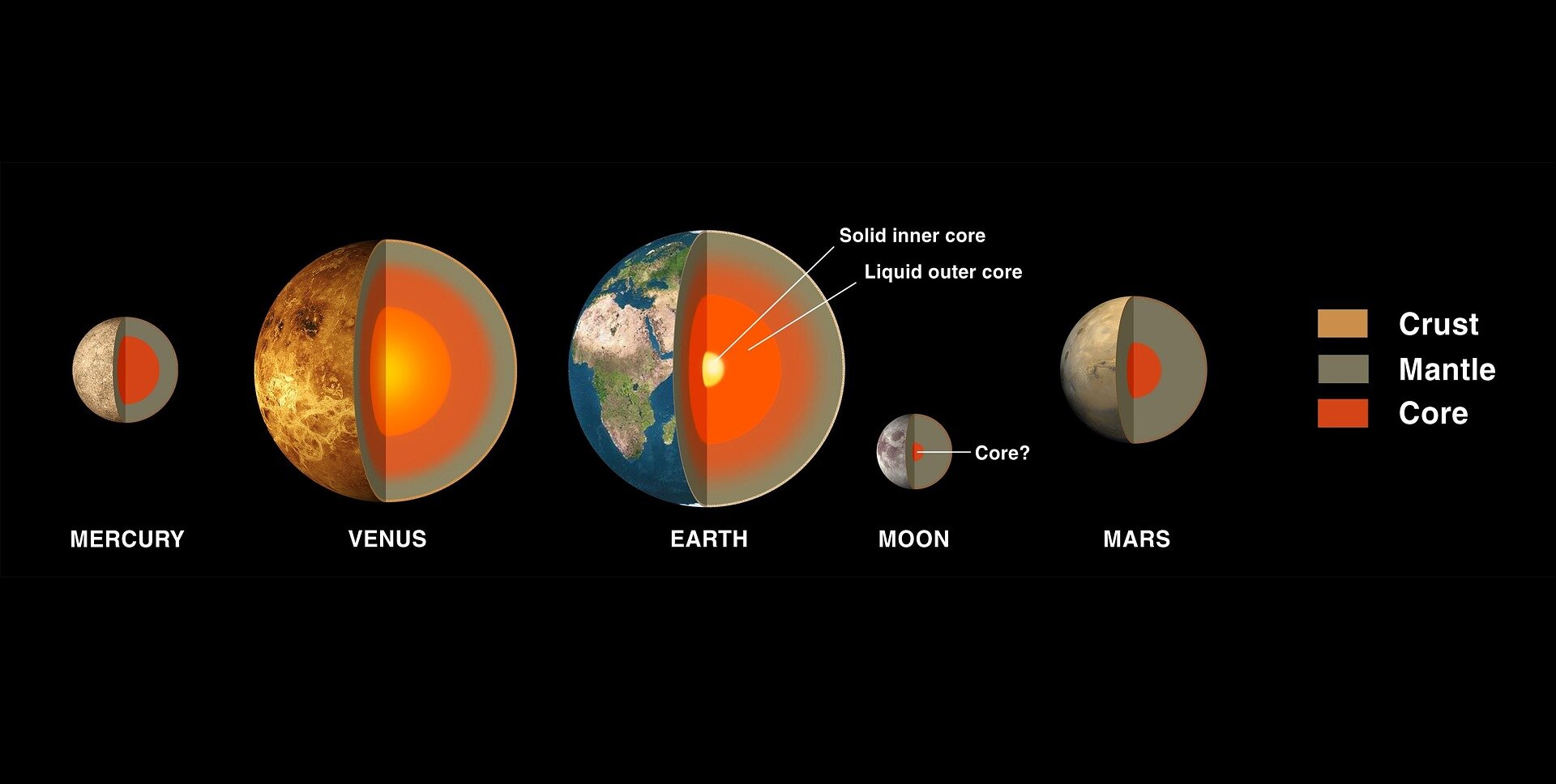At the center of the Earth is a solid metal ball, a kind of “planet within a planet,” whose existence makes life on the surface possible, at least as we know it.
How Earth’s inner core formed, grew, and evolved over time remains a mystery, one that a team of University of Utah-led researchers is seeking to plumb with the help of seismic waves from naturally occurring earthquakes. While this 2,442-kilometer-diameter sphere comprises less than 1% of the Earth’s total volume, its existence is responsible for the planet’s magnetic field, without which Earth would be a much different place.
But the inner core is not the homogeneous mass that was once assumed by scientists, but rather it’s more like a tapestry of different “fabric,” according to Guanning Pang, a former Ph.D. student in the university’s Department of Geology and Geophysics.
“For the first time we confirmed that this kind of inhomogeneity is everywhere inside the inner core,” Pang said. Now a post-doctoral researcher at Cornell University, Pang is the lead author of a new study, published in Nature, that opens a window into the deepest reaches of Earth. He conducted the study as part of his Ph.D. dissertation at Utah.
“What our study was about was trying to look inside the inner core,” said university seismologist Keith Koper, who oversaw the study. “It’s like a frontier area. Anytime you want to image the interior of something, you have to strip away the shallow effects. So this is the hardest place to make images, the deepest part, and there’s still things that are unknown about it.”
2023-07-06 00:24:03
Article from phys.org
